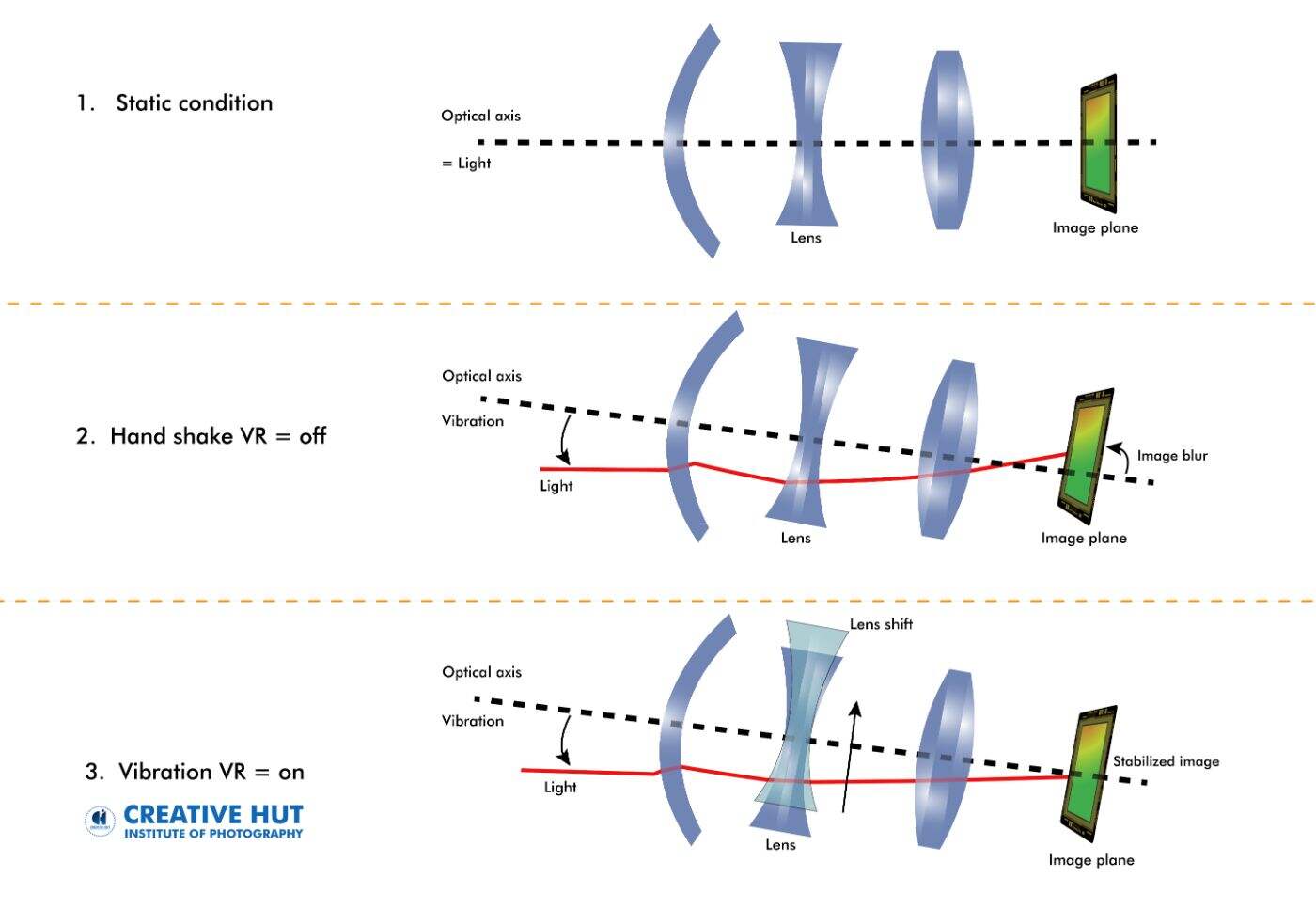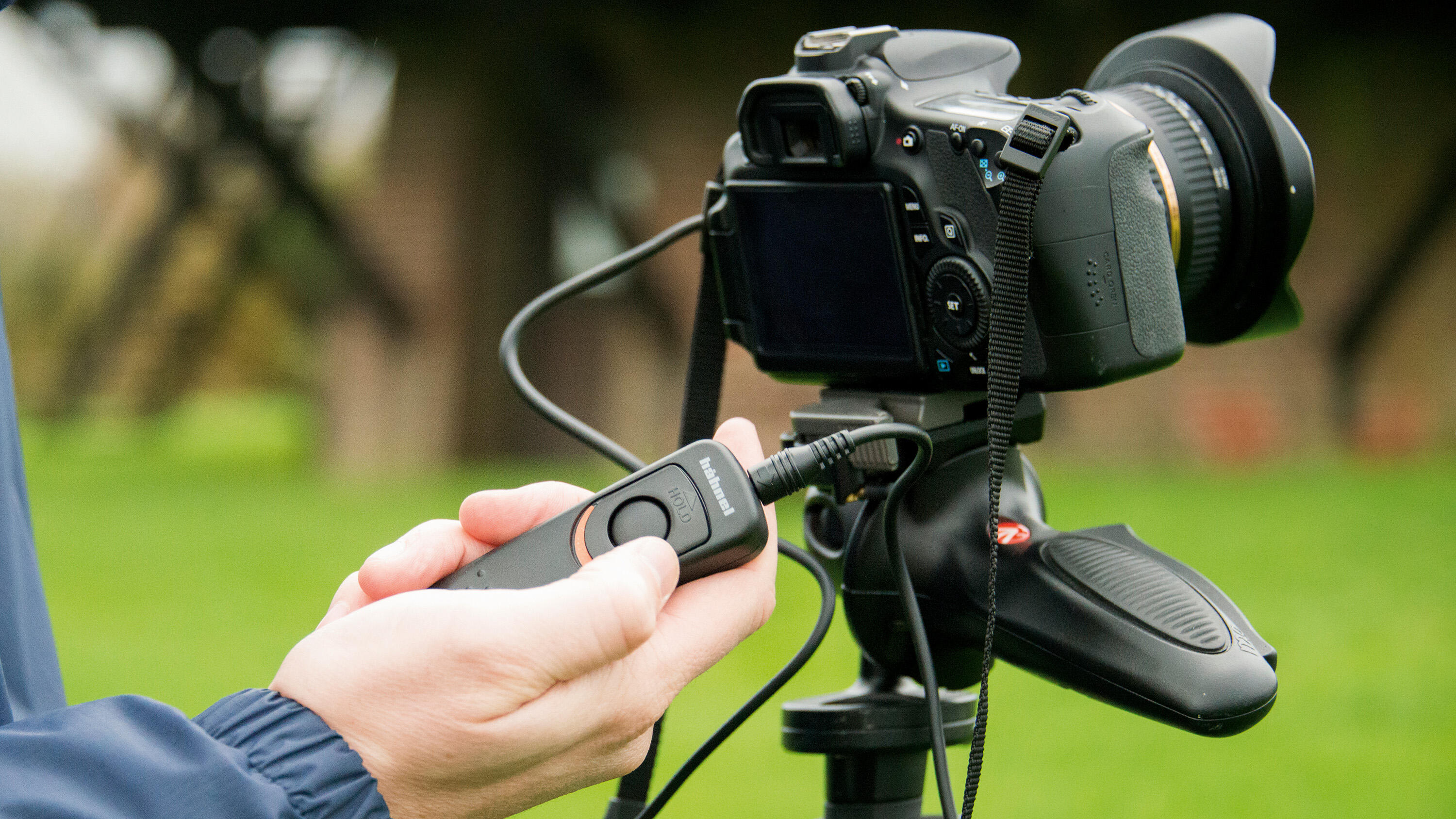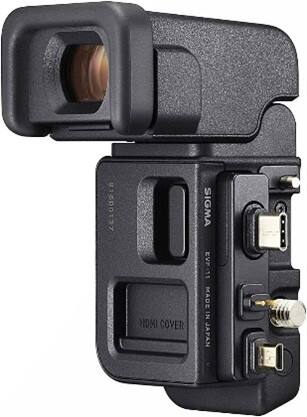Er is iets wat je moet weten over camera magneet.
De verkenning van de kunst en wetenschap van fotografie fascineert ons vaak door de visuele aantrekkingskracht van camera's en geavanceerde optische technologie. Maar even cruciaal zijn de vaak over het hoofd gezien subtiele en complexe mechanische en elektronische componenten binnen de camera. Magneten, die vaak worden gebruikt in verschillende industriële en dagelijkse apparaten, spelen een essentiële rol bij de prestaties van camera's. Dit artikel zal de toepassing van magneten in camera's onderzoeken, met betrekking tot hun doeleinden, werkingsprincipes en praktische voorbeelden, waardoor een uitgebreid begrip wordt gegeven.
De verschillende functies van magneten in camera's
Kern van het AF-systeem: Het autofocus-systeem van de camera wordt bediend met behulp van het magnetisch veld van magneten. Simpel gezegd verandert het magnetisch veld dat door de magneten wordt geproduceerd door het veranderen van de stroom die door de spoelen gaat, waardoor de mechanische componenten van het autofocus-systeem worden aangedreven, waardoor de lens kan bewegen en scherp kan worden gesteld. Dit proces moet niet alleen snel, maar ook nauwkeurig verlopen, waarbij de kwaliteit van de magneten en het ontwerp van het besturingssysteem hierbij van bijzonder belang zijn.

De volgende gegevens moeten worden gebruikt voor de afbeeldingsstabilisator: Magneten hebben ook een plaats in het optische beeldstabilisatiesysteem van camera's. Wanneer de beweging van de camera of fotograaf het beeld wazig maakt, kan de beeldstabilisator automatisch de positie van het objectief of de sensor aanpassen om deze beweging tegen te gaan. Magneten spelen een rol bij het instellen van de kleine mechanische onderdelen die hier zeer precies moeten bewegen, zodat de vastgelegde foto's of video's helder en stabiel zijn.

(Foto: Creative Hut)
Controle van de sluiter: Het sluitermechanisme in de camera kan magneten gebruiken om het openen en sluiten van de sluiter te regelen, waardoor een nauwkeurige belichtingstijd en beeldhelderheid worden gewaarborgd bij het vastleggen van snel bewegende objecten.

Elektronische zoeker (EVF): In sommige elektronische zoekmachines kunnen magneten worden gebruikt om de display-elementen in de zoeker te bedienen, waardoor de beeldklarheid en stabiliteit worden gewaarborgd.

Detectie van lenswisselingen: Sommige camera-systemen gebruiken magneten om te detecteren of er compatibele lenzen zijn geïnstalleerd en passen automatisch de camera-instellingen aan op basis van de lensinformatie.

Hoe ziet de magneet eruit in de camera?
NdFeB-magneten zijn meestal in verschillende vormen, zoals cilindrisch, vierkant, ring, enz., evenals verschillende maten, waaronder diameter, dikte, lengte, enz. In camera's hangt de vorm en grootte van deze magneten af van hun specifieke toepassing en ontwerpvereisten.
Bijvoorbeeld, in het autofocus systeem van een camera worden vaak kleine maar krachtige neodymium ijzeren boormagneten gebruikt om de beweging van de scherpstellende lens te stimuleren. Deze magneten kunnen cilindrisch of vierkantvormig zijn en kleiner om in krappe ruimtes te passen.
In beeldstabilisatoren kunnen NdFeB-magneten grotere afmetingen en complexere vormen hebben om een precieze positie-instelling en stabiliteitscontrole te bereiken. De beelden kunnen een ringvormige of samengestelde vorm aannemen om aan de structurele en functionele behoeften van het beeldstabilisatiesysteem te voldoen.
Hoe magneten in de praktijk werken
Het gebruik van magneten in camera's berust voornamelijk op de principes van de elektromagnetische wetenschap. Dit omvat twee essentiële fysische concepten: elektromagnetische inductie en de Lorentzkracht.
Elektromagnetische inductie: Wanneer een elektrische stroom door een geleider stroomt, genereert deze een magnetisch veld rond de geleider. In camera's wordt dit principe gebruikt om de sterkte en oriëntatie van het door magneten gecreëerde magnetische veld te regelen. Dit wordt bereikt door de door spoelen passerende stroom te veranderen, waardoor de mechanische componenten van de autofocus- en lensstabilisatiesystemen worden gecontroleerd.
Lorentz kracht: De Lorentzkracht verwijst naar de kracht die op geladen deeltjes werkt als reactie op elektromagnetische velden. Binnen het beeldstabilisatiesysteem van de camera wordt de Lorentzkracht gebruikt om de positie van de lens of sensor nauwkeurig aan te passen. Deze aanpassing voorkomt elke beweging die wordt veroorzaakt door handdrukken of andere factoren die daartoe bijdragen.
Gevalsstudie: De rol van magneten bij het verbeteren van de cameraprestaties
Laten we het nieuwste model van een bekende camera-merk als gevallestudie beschouwen en onderzoeken hoe de integratie van magneten bijdraagt aan de uitzonderlijke prestaties van het autofocus- en optische beeldstabilisatiesysteem.
Autofocus systeem: Deze camera maakt gebruik van kleine, krachtige magneten en een nauwkeurige stroomregeling om een snelle en precieze autofocus te bereiken. Het is uitstekend in het volgen van snel bewegende onderwerpen en werkt in lichtarme omstandigheden, waardoor snelle scherpstellingsaanpassingen en het vastleggen van heldere beelden worden gewaarborgd.
Optische beeldstabilisatiesysteem: Door het gebruik van zorgvuldig gecontroleerde magneten past dit systeem de lenspositie tijdens het fotograferen dynamisch aan, waardoor de beeldwaasheid die wordt veroorzaakt door handbewegingen effectief wordt verminderd. Deze functionaliteit is vooral cruciaal voor het fotograferen met lange scherpstelling lenzen of in lage lichtomstandigheden.
als je op zoek bent naar camera magneten? Kijk niet verder dan AIM Magnet! Met 18 jaar ervaring in het maken van magneten, houden we de hoogste kwaliteitsnormen in de industrie. Onze expertise zorgt ervoor dat je magneten krijgt die op je behoeften zijn afgestemd. Plus, met onze speciale productiefaciliteiten, kunnen we vormen en maten aanpassen aan uw specificaties. Vertrouw AIM Magnet op betrouwbare, topkwaliteit magneetten voor je camera behoeften!
Conclusie
Ondanks hun grootte zijn magneten van groot belang in de moderne camera-technologie. Door hun wetenschappelijke gebruik verbeteren magneten de flexibiliteit en beeldkwaliteit van het fotograferen van camera's aanzienlijk, waardoor functies zoals autofocus en beeldstabilisatie worden verbeterd. Naarmate de technologie vooruitgaat, verwachten wij dat er nog meer magneetten en elektromagnetische stoffen in het ontwerp van camera's zullen worden toegepast, wat extra verrassingen en gemakken zal opleveren.




